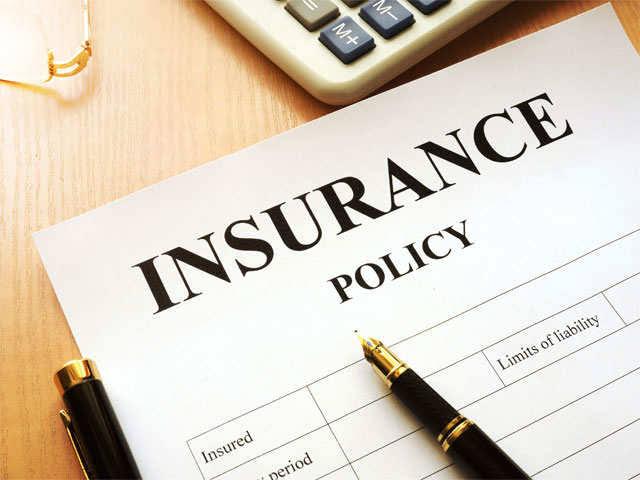
Your individual situation will always dictate the type and amount of insurance you should get. When it comes to developing your insurance portfolio, factors like children, age, lifestyle, and employment benefits all play a part. Most financial gurus, on the other hand, recommend that we all have life, health, auto, and long-term disability insurance.
Life Insurance Policy
The capacity to cover your funeral expenditures and provide for those you leave behind is one of the most significant advantages of life insurance. This is especially critical if you have a family that relies on your income to make ends meet. According to industry experts, you should buy a life insurance policy that covers ten times your annual salary. However, that is a figure that not everyone can afford.
Remember to take in not only funeral costs but also everyday living expenditures when calculating the amount of life insurance coverage you require. Mortgage payments, outstanding loans, credit card debt, taxes, child care, and future college bills are just a few examples.
One in three households may not be able to cover their day-to-day expenses within a month of the major breadwinner's death, according to a 2018 report by LIMRA, formerly known as the Life Insurance and Market Research Association.
Traditional whole life and term life are the two most common types of life insurance. Simply said, whole life insurance can be utilized as a source of income as well as a form of insurance. Whole life insurance covers you until you die as long as you pay the monthly premiums.
Term life insurance, on the other hand, is a policy that provides coverage for a specific period of time. Other significant differences exist between the two types of insurance, so you should consult a financial expert before deciding which is best for you. Age, occupation, and the number of dependent children are all factors to consider. One company where you can get befitting life insurance is Life Insurance Savings Group
Health insurance
According to research published in the American Journal of Public Health in 2019, you and your family are only one serious sickness away from bankruptcy. Medical problems from expenses, income loss due to illness, or both accounted for two out of every three bankruptcies, according to the Journal's poll of more than 900 Americans who filed for personal bankruptcy between 2013 and 2016.
Those figures should be enough to persuade you to get health insurance or examine and maybe expand your current coverage. However, as co-payments, deductibles, and coverages have climbed, health insurance has become a luxury that fewer and fewer people can afford. When you consider that the national average cost of a day in the hospital in 20184 was $2,517, even the most basic policy is preferable to none.
Participating in your employer's insurance program may be the best and most cost-effective alternative, but many smaller firms do not provide this benefit. According to statistics published by the Kaiser Family Foundation, the average annual premium cost to an employee in an employer-sponsored health care program was $7,188 for single coverage and $20,576 for a family plan in 2019.
Coverage for Long-Term Disability
Coverage for Long-Term Disability The one sort of insurance that most of us believe we will never need is long-term disability insurance. Nonetheless, according to Social Security Administration statistics, one out of every four workers entering the workforce will become disabled and unable to work before reaching retirement age.
Auto Insurance
According to the National Highway Traffic Safety Administration, there were 6.7 million car accidents in the United States in 2018. 10 In 2019, an estimated 38,800 persons died in car accidents. 11 According to 2018 CDC data, auto accidents were the leading cause of death among Americans aged five to 24. 12 In 2018, more than 2.7 million drivers and passengers were injured. 10 Auto accidents cost the economy $242 billion in 2010, including deaths and severe injuries.
While not all states compel drivers to obtain auto insurance, the majority do have financial responsibility laws in place in the event of an accident. States that require insurance perform random checks of drivers for proof of coverage on a regular basis. If you don't have insurance, the penalties vary by state and can include license suspension, points on your driving record, and fines ranging from $500 to $1,000.
Also read about:
Essential Gadgets and Gear for Optimal Work from Home Productivity
SME Are Getting Ready For The Next Economic Growth
Is Hiring A Procurement Headhunter Worth It







